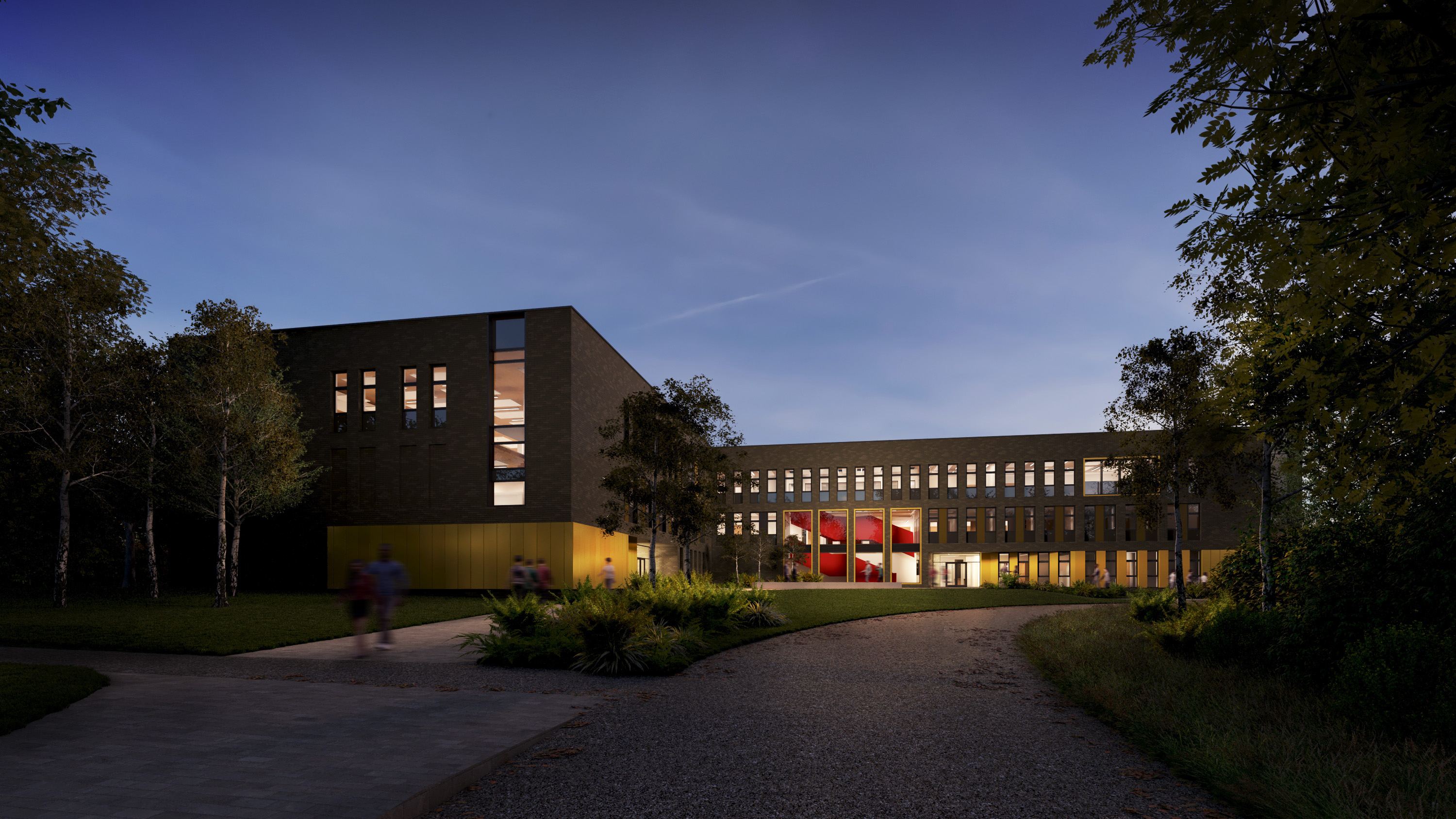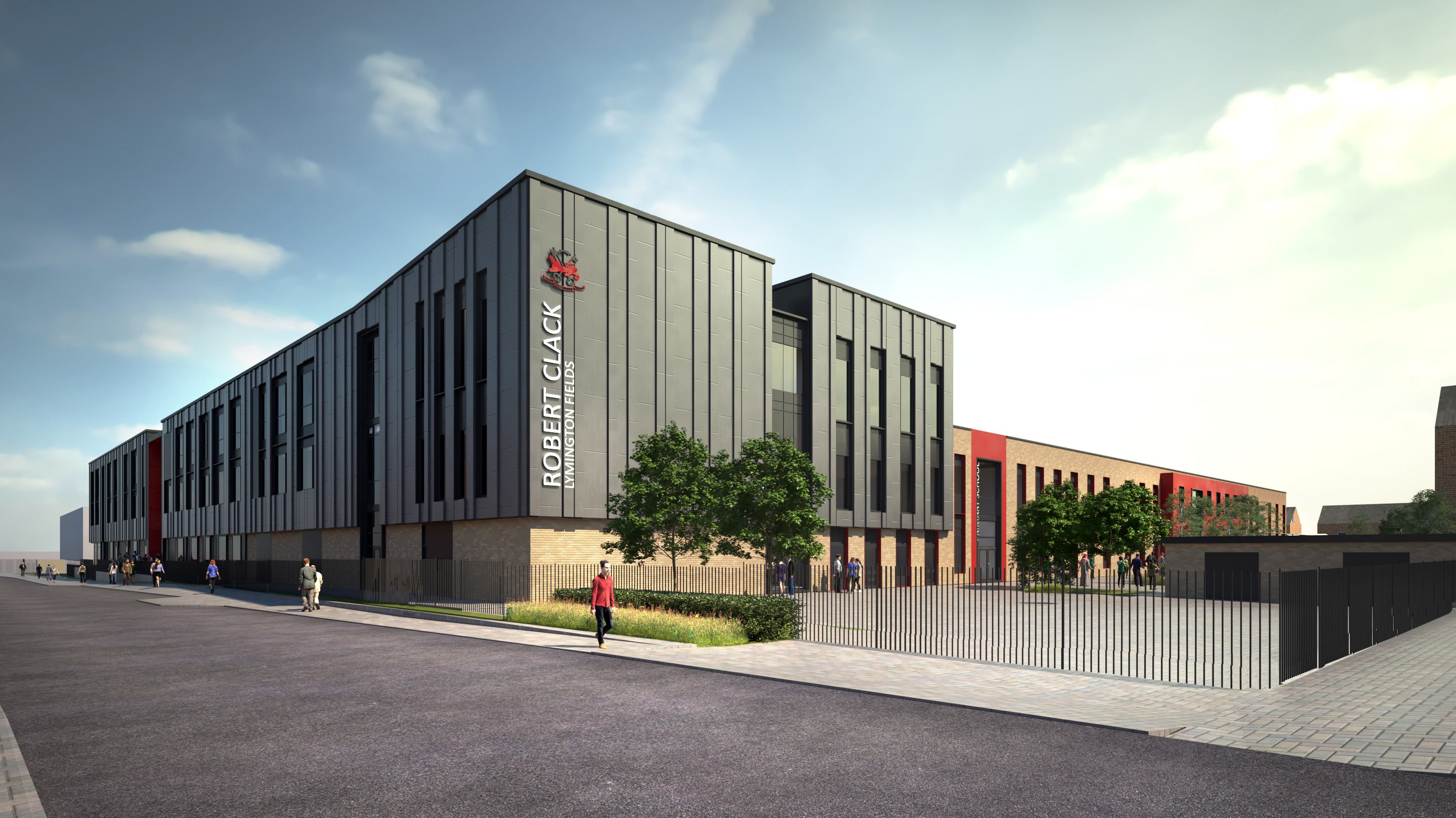The image and adoption of prefabrication in construction, has seen a resurgence over recent years. Driven by technological advancements and a need for expedient delivery – as well as being backed by government – offsite construction is gaining momentum and is set to revolutionise the construction industry.
Attended by a variety of leading representatives from the construction industry – who are actively engaged in this area – the discussion focussed upon the current tendencies in offsite construction and on how the industry is preparing for its potential future in delivering efficient, sustainable and high-quality solutions.

All of the participants reported a high level of interest in offsite construction within the UK and in the international construction market, with some governments (China/Singapore) developing strategies to actively encourage its uptake. Although the benefits of offsite construction – time, quality, sustainability and health and safety – are widely understood, the adoption rate is relatively low due to a degree of apprehension and the perceived risks of using unfamiliar methods of building. Interestingly, this reticence is not limited to clients and their advisors alone, but is also prevalent within the construction industry itself.
Image: Greenford High school, Ealing by Bond Bryan and Osborne using the Innovare prefabricated insulated panel system.

The highest adoption rates were reported in the Hotels, Student Residential, Private Rental and School sectors, where delivery is time-critical. Notwithstanding the government directive to build more homes using offsite technologies, the majority of housebuilders are currently in the discovery phase and not necessarily delivering modular schemes. Principal contractors are encouraging a change in mindset by actively promoting and adopting the use of prefabricated components – partially due to the lack of construction skills but, also, in order to improve the quality, efficiency and cost effectiveness of the end product.
“Our presumption is in favour of offsite construction methods” Tim Carey, National Products Director, Willmott Dixon Construction
Image: University of Kent’s School of Economics by Bond Bryan and Willmott Dixon built using CLT Timber and offsite components, completion March 2019
Preconceived notions based on historical examples, a lack of the understanding of the full cost benefits and limited supplier capacity were mentioned as the key barriers to the adoption of offsite manufacture. From the manufacturers’ perspective, uncertainty in demand makes it challenging to invest in capacity, development and testing. Some participants felt that the current procurement routes were also not suitable for modular building procurement.
The participants discussed a number of interesting initiatives and innovations in which they were involved: this included predesigned offsite solutions for schools and healthcare, designers and manufacturers collaborating on prototyping designs and connection systems, developing tools to accurately estimate offsite construction and testing products for compliance with fire regulations. Particularly noteworthy, some of the participants are part of a team currently working with CIRIA (Construction Industry Research and Information Association) and Cambridge University on a key research project ‘Quantifying the benefits of offsite construction’. Collecting and analysing that data will allow the industry to quantify the benefits and allow clients to make evidence-based decisions on the use of offsite construction.
There was general agreement that offsite manufacture in all of its forms – volumetric, panelised, component build – could play a pivotal role in the future of the industry. This would, primarily, require increasing and aggregating demand, educating clients as well as the industry and developing suitable procurement methods. Government initiatives and incentives, particularly in the housing sector, were considered crucial to accelerate the rate of adoption.
Growth in offsite manufacture will ultimately be driven by consumer preferences and user experience. The participants felt that overcoming prejudices and skepticism towards offsite manufacture would be key to increasing adoption rates. Educating clients and consumers – through case studies and site visits to recently completed schemes – would allow them to dispel prejudices by experiencing the build quality and finish first hand. Demonstrating the quantifiable benefits of using offsite methods through data collection and analysis was also deemed to be a critical success factor.
“Visiting live sites and experiencing the quality of the build for themselves convinced the London Borough of Barking and Dagenham that using offsite solutions was right for them.”
Paul Inch, Innovare Systems.


The attitude of funders, lenders, valuers, purchasers and insurance companies will also be a key influencing factor. Initiatives like BOPAS (Buildoffsite Property Assurance Scheme) provide confidence that the construction system is fit for purpose, will stand the test of time and thus remove the uncertainty about the construction for valuation purposes. This removes the risk of mortgages for developers being declined and helps to improve the business and technical risks to manufacturers.
Manufacturers could further instil confidence in clients by investing in development and testing, improving productivity, increasing capacity and demonstrating value. Pooling resources together – and collaborating to deliver larger schemes – could be another way to demonstrate capacity. Intellectual Property rights were seen to be a key barrier in this regard.
Sectors like affordable housing, hotels, student residential, hostels, shared ownership schemes, vertical extensions, education, assisted living and healthcare were considered to offer the greatest potential for offsite manufacture.
Image: Robert Clack School, Barking by Bond Bryan and Mid Group using the Innovare prefabricated insulated panel system in combination with pre-cast concrete slabs.
Evolving Role of Designers and the Supply Chain
The final part of the discussions focussed on how the role of the design and supply chain would need to adapt and evolve to suit offsite construction. It was recognised, by all, that the key to the success of prefabricated solutions is a fully-integrated approach between designers, manufacturers and contractors – adopting a BIM (Building Information Modelling) and DfMA (Design for Manufacture and Assembly) approach from the outset.
Designers need to develop a thorough understanding of the basic requirements and parameters of design and detailing prefabricated buildings. Design guides and tools from manufacturers would help to educate design teams. In order to maximise opportunities for economies of scale, designers need to adopt a fully-modularized approach to design by limiting module types. The designers expressed a concern about over-standardization making some professions redundant. It was thought that designers would play a vital role in balancing standardization against the need for customization in order to integrate with the context. For example, the development of contextual solutions with the innovative use of materials and production technologies – in order to create unique façade solutions.
Participants highlighted a particular concern about lack of skills in this sector. Graduate training schemes and school-based events – to create awareness about modern methods of construction as well as career options in design and construction – were some of the initiatives being carried out. More college/university courses in modern methods of construction, modular buildings, DfMA, and BIM were also suggested.
Fuelled by urgent need and growing demand – and driven by digital design and manufacture – the adoption of new construction processes on site and changing mindsets, prefabricated construction, in one form or another, is here to stay and is the future of the construction industry.
The long-term success of prefabricated offsite construction relies on:
Volume and Continuity: sufficient demand to make production facilities successful.
Repetition: a DfMA approach that harnesses the benefits of economies of scale.
Collaboration and Skills: investment of time and resources to create knowledgeable and skilled teams.
Prefabricated offsite construction can help to solve the issues faced by construction and housing in the UK. It, potentially, has a valuable role to play in the future of the industry. The industry, as a whole, needs to adapt and drive this change through a truly collaborative approach – by educating each other, aligning working processes and uniting as a single voice.
Bond Bryan would like to thank all those who attended for joining us and sharing their valuable insights and perspectives on this subject. We hope to continue and grow these discussions in the future.
Attending companies: Willmott Dixon Construction; Peter Dann Consulting Engineers; Meinhardt; Caledonian Modular; Innovare Systems; Bond Bryan

